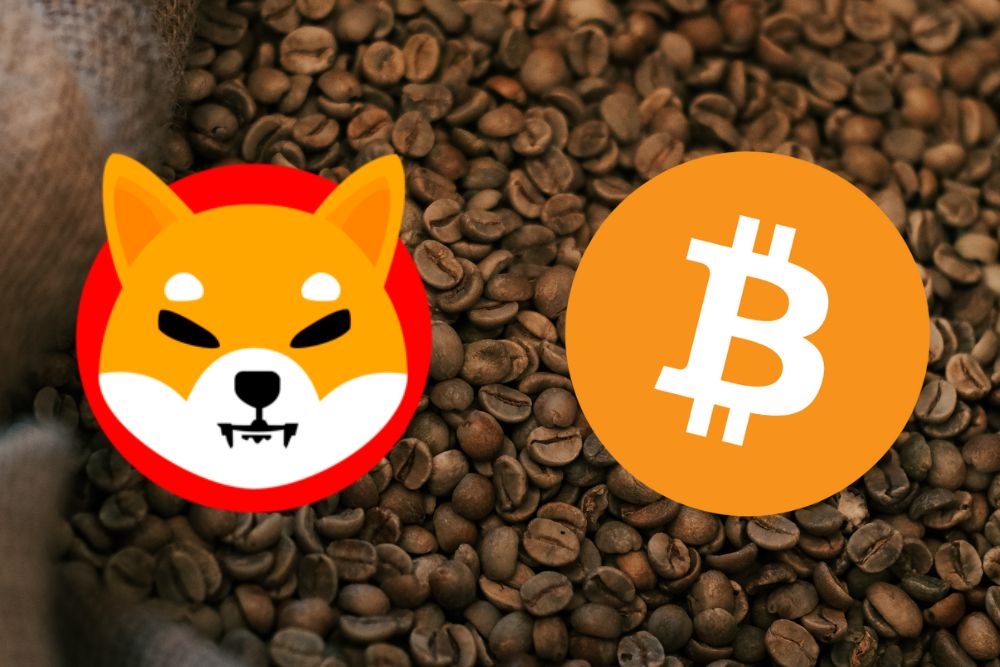bluebay2014In Oct. 2022, I called investors’ attention to the six actively managed stock ETFs that were part of Vanguard’s huge lineup of passively managed ETFs. These ETFs are what is called factor or smart beta investments. (For a definition of factor ETFs, see this article.) At that time, five out of the six were showing outstanding performance, ahead of their matched investment category, with the sixth in a statistical tie. Since then, one of the original six ETFs has been shut down, not due to poor performance, but because of insufficient assets accumulated since the fund’s inception. On the other hand, three new actively managed bonds ETFs have been added. Earlier this year in Feb., I brought to investors’ attention the fact that these remaining five ETFs were, in almost all instances, still outperforming their otherwise matched, but unmanaged, comparison ETFs, by often large numbers regardless of the time period under consideration (of up to five years). I urged investors to take a hard look at these investments. Surprisingly, according to Lipper, ETFs that are factor based now have a market share globally of all ETF products of slightly more than 20%, as of this May, and “have become mainstream investments.” He adds: “It is actually no surprise that investors around the globe use factor-based ETFs within their portfolios since these products offer access to a broad range of factors which have proven that they can be exploited to deliver additional returns for investors over longer time periods.” Another surprising fact: Factor-based investments have grown in assets under management from $193 billion in 2014 to $2,517.5 billion as of this May, according to Lipper data. You can see, then, why many investors are now including one or more factor funds in their portfolio. In my Feb. article cited above, you can see how well the five Vanguard factor stock funds have done against their comparison indices, and they continue to do so, as you will see below. Since the above Feb. YTD data was based on only 1 1/2 months, now let’s now look at six months data, ending June 30th. Let’s also look at how five similar factor stock ETFs offered by Fidelity have done. Fund/Category 6 mo. Return Index Return 5-Year return Index Return Vanguard U.S. Momentum Factor ETF (VFMO) / Mid-Growth 14.76 5.54 13.92 10.01 Fidelity Momentum Factor ETF (FDMO) / Large Growth 20.78 20.53 13.51 17.17 Click to enlarge Fund/Category 6 mo. Return Index Return 5-Year Return Index Return Vanguard U.S. Quality Factor ETF (VFQY) / Mid-Blend 6.76 5.25 12.53 10.07 Fidelity Quality Factor ETF (FQAL) / Large Growth 13.49 14.97 13.75 14.75 Click to enlarge Fund/Category 6 mo. Return Index Return 5-Year Return Index Return Vanguard U.S. Multifactor ETF (VFMF) / Mid-Cap Value 7.43 5.25 12.09 10.07 Fidelity Small-Mid Multifactor ETF (FSMD) / Small Blend 4.73 1.26 10.04 7.34 Click to enlarge Fund/Category 6 mo. Return Index Return 5-Year Return Index Return Vanguard U.S. Minimum Volatility ETF (VFMV) / Mid-Cap Blend 9.35 5.25 7.82 10.07 Fidelity Low Volatility Factor ETF (FDLO) / Large Blend 8.51 14.97 11.48 14.75 Click to enlarge Fund/Category 6 mo. Return Index Return 5-Year Return Index Return Vanguard U.S. Value Factor ETF (VFVA) / Mid-Cap Value 1.60 4.88 11.92 9.43 Fidelity Value Factor ETF (FVAL) / Large Value 9.61 9.21 13.18 11.47 Click to enlarge Note: Returns for those funds that beat their indices over the periods shown are shown in bold type. Returns for five-year periods are annualized. Discussion Unfortunately, none of the pairings of similar Vanguard and Fidelity funds are directly comparable. Why? Because each member of the pairs were focused on a different fund category. So what conclusions might we draw? Vanguard U.S. Momentum Factor ETF beat its six month index of comparable funds by 9.22%. And, over five years, it came out ahead of its index by almost 4%. However, its management chose to focus on mid-cap growth rather than large growth. Therefore, Fidelity Momentum Factor ETF might have been a better choice for the short term but not for the long term. The same issue plagued Vanguard U.S. Quality Factor ETF vs Fidelity Quality Factor ETF although the latter did not beat its indices for either period measured. Vanguard U.S. Multifactor ETF and Fidelity Small-Mid Multifactor ETF portfolios were made up of different categories of stocks altogether so no comparative conclusion can be drawn although clearly, the former was a better choice between the two. In the case of Vanguard U.S. Minimum Volatility ETF vs Fidelity Low Volatility Factor ETF, the former would have been a somewhat better choice than the latter but the reverse for the long-term favoring the latter. Finally, for the last comparison, the Fidelity fund would have been a better choice for either short or long term results than the Vanguard fund. Conclusion With regard to investing in any of these funds, the majority of them showed better returns (alpha) than merely investing in indices of their comparable funds. I believe this provides considerable evidence that factor ETFs are certainly worthy of consideration for any investor portfolio. Vanguard stock factor ETFs look particularly attractive for long-term investors with mostly strong outperformance over five years.
sekar nallalu Cryptocurrency,FDLO,FDMO,FQAL,FSMD,FVAL,Tom Madell,VFMF,VFMV,VFQY,VFVA What You Don’t Know About These Vanguard And Fidelity ETFs Can Hurt Your Alpha
Related Posts
Crypto declines yet SOL, ETH, and Rebel Satoshi Arcade stand out
Disclosure: This article does not represent investment advice. The content and materials featured on this page are for educational purposes[...]
Here’s Why Shiba Inu (SHIB) Is Down 14.98% In 24 Hours
Shiba Inu (SHIB) has experienced a significant price decline over the past 24 hours, coinciding with a broader market sell-off[...]
SHIB Likely Price If Bitcoin Hits $350,000 As Predicted By Rich-Dad-poor-Dad Author
The cryptocurrency market remains volatile, with Bitcoin (BTC) trading slightly above the $60,000 support level after a drop below the[...]


